Businesses continue to try to and plan for what post-covid means for their future way of working. Employees may continue to spend less time in company offices, as organisations encourage more flexible working, taking a hot-desking approach.
There’s still a lot of uncertainty about what this means for different sectors, but however your business decides to approach this ‘new nor’, you need to be confident that your IT infrastructure can adapt.
Here, we look at the pros and cons of some of the issues you need to consider before you implement change to your working model and the potential considerations for your IT systems.
1. Home working leads to cost savings
Pros
The obvious advantage of downsizing your office space and encouraging more flexible working is the potential reduction in costs associated with the need for smaller premises.
Cons
You may save on office space, but the impact on your IT budget may take away all those savings, depending on the current state of your systems. If you have an agile workforce who spend part of their time in the office and part working from home or another location, you need equally agile systems that can handle the additional security requirements and meet each individual employee’s needs, wherever they are.
If your teams rely on collaboration and brainstorming, there’s also anecdotal evidence that this can take a lot longer when you’re working remotely, because people need the stimulus of human interaction. So, if a brainstorming session takes 50% longer than usual, does that mean it costs your business half as much again?
2. Productivity
Pros
There’s always been a lot of debate about whether people are more or less productive when working from home. We believe this all depends on the individual, their role and the nature of their work. It’s certainly true that many employees have enjoyed a better quality of life during lockdown, because they’ve had to work from home and have been spared the daily commute.
There’s certainly an argument that a happy workforce is a more productive workforce and, in fact, in April 2021, the UK’s employer’s organisation, the CIPD, found that 33% of UK employers felt home working had increased productivity and 38% said it hadn’t been affected, while 23% said it had gone down. The survey of more than 1,000 employers and 12 in-depth organisation case studies, showed the benefits significantly outweigh the challenges.
Cons
Although working from home suits some people, as the results of the CIPD survey show, it isn’t for everybody. There are many people who simply need the social interaction they get in a busy office. It’s also difficult to judge people’s wellbeing when you’re not seeing them face-to-face every day. Do you know for certain how all your people have handled the uncertainty of the past 16 months?
While there are some technologies that allow you to monitor people’s productivity while they’re working from home, this is a dangerous road to take, as it could open you up to accusations of breaking privacy laws. Instead, you may need to look at different ways of measuring the productivity of a more fluid workforce. For example, you could set meaningful productivity metrics based on their particular role and the outcomes such as tasks and deadlines you expect them to meet. Any new productivity measurement regime you introduce will need to be backed up with robust systems and may incur significant costs.
3. Attracting, motivating and managing your people
Pros
Being able to employ people who can work from home may make your business a more attractive proposition to potential employees. With little or no need for relocation, you’ll gain access to a wider talent pool.
Cons
As many managers have discovered over the past 16 months, managing a disparate team requires a different set of leadership skills. Unless your business had teams based across different sites, or even different countries, before the pandemic, you may need to invest in training your managers for this new working landscape.
Alternatively, you may need to recruit a new type of leader who understands the skillset needed to manage a widespread team. Of course, you may not be the only organisation looking for managers with these skills, so they’re likely to be harder to attract and more expensive to recruit.
Put business needs first
Whatever the future looks like, your business is going to need a more agile working model – and agile IT systems to match – to meet your business objectives. There’s no one size to fit all, so you need to make sure you consider all the relevant issues and develop an IT strategy that meets your needs and has the flexibility to enable you to readily adapt to change.
We’re all facing the same issues but we’re also helping clients to adapt to their new norm with flexibility in mind. How? By understanding each client’s business model, adapting solutions to meet their individual needs and deliver services with a flexible approach.
If you would like to speak to us about any aspect of this article, contact Andrew Wayman at andrew.wayman@sdt.co.uk or call our office on +44 (0)1344 870062.

